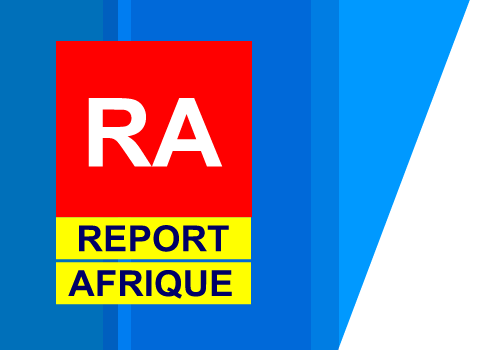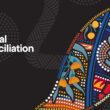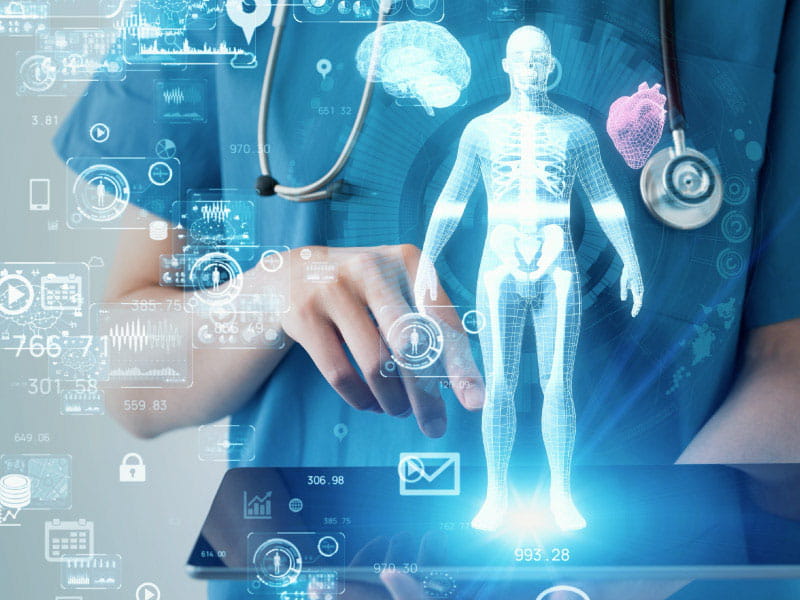A new AI-Powered video tool developed in Japan offers a groundbreaking approach to health monitoring by potentially allowing individuals to screen for high blood pressure and diabetes without the need for blood pressure cuffs, blood tests, or wearables.
Using high-speed video to capture blood flow changes across the face and hands, the system could allow people to track these health conditions from the comfort of their homes. Tested in a hospital setting, the tool demonstrated remarkable accuracy, marking a significant step forward in non-contact, non-invasive health assessment.
Developed by researchers at the University of Tokyo, the AI-powered system measures subtle pulse wave changes with a high-speed camera, capturing footage at 150 frames per second. This data is then processed by a machine-learning algorithm to analyze the timing of pulse waves at specific points on the face and hands, detecting indicators of hypertension and diabetes. Ryoko Uchida, the lead researcher, described it as a “noninvasive, non-contact and non-active” way to monitor vital signs.
The tool was presented at the American Heart Association’s Scientific Sessions, where it gained attention for its early promise in screening for hypertension and diabetes. In tests with 215 participants, including individuals with diagnosed hypertension and diabetes as well as healthy participants, the system achieved 94% accuracy in identifying stage 1 hypertension and 75% accuracy in detecting diabetes based on the A1C test threshold of 6.5, a marker for diabetes.
The algorithm operates by assessing blood flow characteristics across 30 regions of interest on the body: 22 on the face and eight on the hands. These targeted measurements allow the tool to detect blood pressure and glucose levels in a way that may simplify monitoring for those who prefer not to use traditional methods or wearables.
However, while promising, Uchida and her team caution that additional testing is required to determine the tool’s effectiveness across varied lighting conditions and in diverse populations outside Japan.
Some experts remain cautious about the tool’s practicality. Dr. Geoff Rubin, a medical imaging expert, questioned its real-world application, noting that, despite its innovation, the system currently requires a controlled environment and that “traditional blood pressure cuffs or a quick blood test may be just as effective and accessible.”
Despite these limitations, this AI-powered tool signals a shift toward simplified health monitoring, especially beneficial for those less likely to engage with wearable devices or regular testing.
Question For The Day: Could this AI-powered tool change the way we monitor health at home? Share your thoughts in the comments below.









Join our Channel...